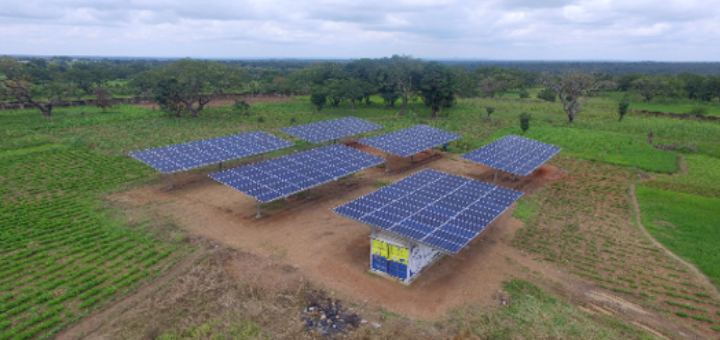On Wednesday, Nigeria launched the energy transition plan (ETP) as one of its major approaches to reducing the country’s emissions, tackling poverty, addressing climate change and building a more sustainable economy.
This is coming months after the ETP was unveiled at the global climate change conference – COP26 – in Glasgow, as part of Nigeria’s net zero commitments.
At the launch, Vice-President Yemi Osinbajo said the ETP will deliver sustainable development goal seven (SDG7) by 2030 and net zero by 2060.
He said it will also lift 100 million people out of poverty, reduce Nigeria’s carbon footprint, drive economic growth and create jobs.
Advertisement
Additionally, the transition plan which received commendation from various stakeholders also attracted instant donations, with the World Bank and the US Export-Import Bank (EximBank) committing over $3 billion to its implementation.
Here are some of the key takeaways:
- Create jobs: The ETP provides for Nigeria’s net-zero pathway to result in significant net job creation with up to 340,000 jobs to be created by 2030 and up to 840,000 jobs created by 2060. This will be driven mainly by green jobs that would be created from investments and deployment of cleaner energy infrastructure (such as solar energy, electric vehicles, and clean cookstoves) in the power, cooking and transport sectors.
- Gas remains a major player: The ETP states that natural gas will continue to play a critical role as a transition fuel in Nigeria’s net-zero pathway – this is despite opposing views that all fossil fuels should be done away with. However, the ETP indicates that gas consumption will grow by about 25 percent above the 2019 baseline by 2030, and then begin to decline to about 50 percent of the 2019 value as 2060 approaches.
- Reduce emissions by 65 percent: The Nigerian ETP set out a timeline and framework for achieving a 65 percent emissions reduction across five key sectors: power, cooking, oil and gas, transport and industry. It aims to achieve this by eliminating diesel/petrol generators and expanding generation capacity via renewable sources; shifting from gasoline/diesel/hybrid vehicles to electric vehicles; moving from traditional firewood, charcoal and kerosene to Liquefied Petroleum Gas (LPG), electrification and efficient stoves, amongst others.
- Increase energy access and tackle poverty: Other major objectives of the ETP are to lift 100 million Nigerians out of poverty and drive economic growth; bring modern energy services to the entire population; manage the expected long-term job loss in the oil sector; as well as streamline existing and new government related energy transition initiatives.
- $410 billion in finance by 2060: The achievement of the ETP is capital intensive and will require as much as $410 billion by 2060 – which translates to $10 billion annually. Also, the plan showed that for Nigeria to attain its 2060 net-zero target, an additional $1.9 trillion is required.
Advertisement






